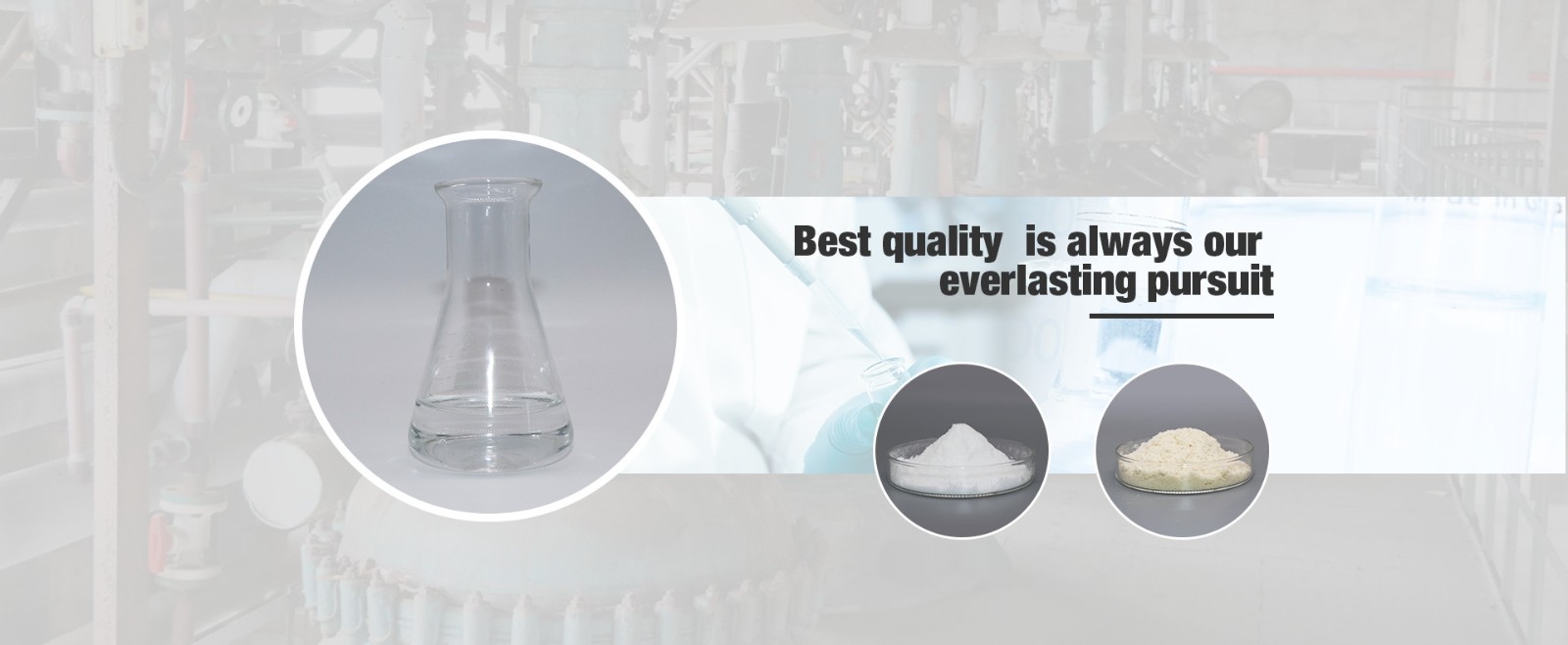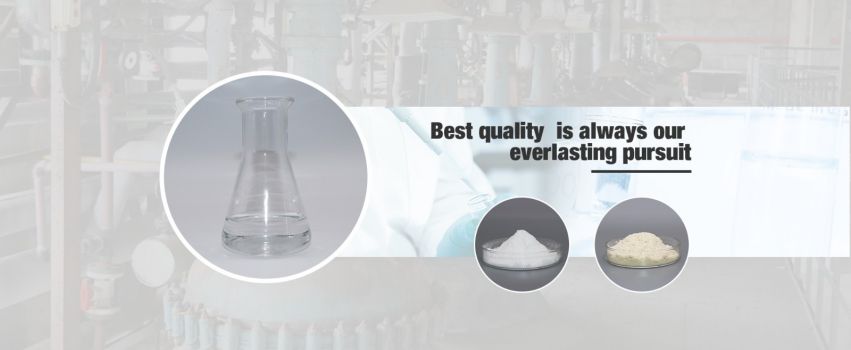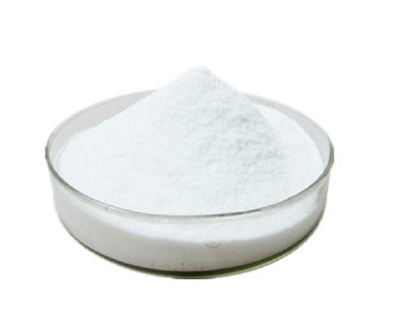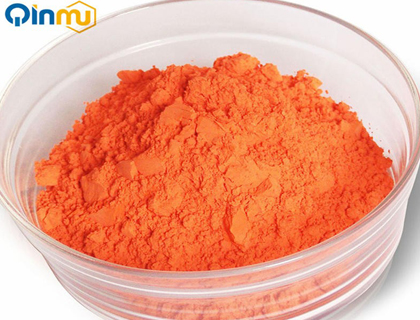What Are the Two Main Types of Dyes?
Apr. 26, 2023
Dyes are colored substances that are used to impart color to different materials such as textiles, paper, leather, and many other substrates. There are two main types of dyes: natural dyes and synthetic dyes. In this article, we will explore both types of dyes in detail.
Natural Dyes
Natural dyes are dyes that are obtained from natural sources such as plants, animals, and minerals. They have been used for thousands of years to color textiles, clothing, and other materials. Some examples of natural dyes include:
a. Plant-based dyes: These dyes are obtained from various parts of plants such as roots, stems, leaves, flowers, fruits, and barks. Some commonly used plant-based dyes include indigo, madder, turmeric, and saffron.
b. Animal-based dyes: These dyes are obtained from animal sources such as insects, mollusks, and mammals. For example, cochineal is a red dye that is obtained from the bodies of female cochineal insects, while Tyrian purple is a purple dye that is obtained from the mucus of certain sea snails.
c. Mineral-based dyes: These dyes are obtained from minerals such as ochre, which is a yellowish-brown dye obtained from clay, and lapis lazuli, which is a blue dye obtained from a semi-precious stone.
Natural dyes have several advantages over synthetic dyes. For example, they are generally non-toxic, biodegradable, and sustainable. However, they also have some disadvantages, such as limited color range, lower color fastness, and higher production costs.
2-Amino-6-methyl Benzothiazole CAS No.: 2536-91-6
Synthetic Dyes
Synthetic dyes are dyes that are chemically synthesized from petroleum-based raw materials such as coal tar and petroleum. They were first developed in the mid-19th century and have since become the dominant type of dye used in the textile industry. Some examples of synthetic dyes include:
a. Azo dyes: These are the most commonly used type of synthetic dye. They are derived from an azo compound, which is a nitrogen-based compound that contains two nitrogen atoms connected by a double bond. Azo dyes can produce a wide range of colors and are relatively easy to produce.
b. Anthraquinone dyes: These dyes are derived from anthracene, which is a hydrocarbon found in coal tar. They are commonly used to produce shades of red, blue, and purple.
c. Phthalocyanine dyes: These dyes are derived from phthalocyanine, which is a synthetic organic compound. They are commonly used to produce shades of blue and green.
Synthetic dyes have several advantages over natural dyes. For example, they offer a wider range of colors, better color fastness, and lower production costs. However, they also have some disadvantages, such as environmental pollution and potential health hazards.
In recent years, there has been a growing interest in natural dyes due to their sustainability and eco-friendliness.
5-Methyl-o-anisidine is a dye intermediate. In terms of direct dyes, it is used to synthesize C.I.29050, 29065, 27885, etc., and in terms of acid dyes, it is used to synthesize C.ChemicalbookI 14,940, 14,965, etc., is also used to manufacture disperse scarlet GC, direct light fast blue 3RLL, direct black D, active yellow brown K-GR, cationic yellow 4G, etc.
In conclusion, there are two main types of dyes: natural dyes and synthetic dyes. Natural dyes are obtained from natural sources such as plants, animals, and minerals, while synthetic dyes are chemically synthesized from petroleum-based raw materials. Both types of dyes have their advantages and disadvantages, and their use depends on various factors such as cost, color range, and environmental impact.
Qinmu fine chemical provides OEM (customize) manufacturers for intermediates, if you can’t find materials from around the world, just tell us, and we will research and produce them in our high-tech equipped laboratory. We are dedicated to satisfying our customers with our products and services. To mutual cooperation, to win-win benefit!
-

Qinmu's CPHI China 2025 Exhibition Ends Perfect
Jul. 01, 2025
-

CPHI & PMEC China (Shanghai) 2025 --- we are coming!
Mar. 14, 2025























